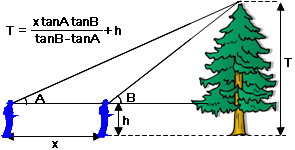HeadedToTexas
Guru
Thought it would be easier to find a procedure on this. Perhaps my Google Fu is weak, but a fair amount of search time produced no consensus. Here's what I have in mind.
My marina has floating dock pilings that are taller than my boat. I have a laser level that I can place even with the top of the anchor light atop my radar mast. The laser level will "paint" a red line on the piling even with the high point on my anchor light. A tape measure and either a tall ladder or an assistant will let me measure the height above the water surface. Sound reasonably accurate?
I get that loading impacts air draft, but I need to establish a technique so that I can begin assessing the impact of loading. Thanks.
My marina has floating dock pilings that are taller than my boat. I have a laser level that I can place even with the top of the anchor light atop my radar mast. The laser level will "paint" a red line on the piling even with the high point on my anchor light. A tape measure and either a tall ladder or an assistant will let me measure the height above the water surface. Sound reasonably accurate?
I get that loading impacts air draft, but I need to establish a technique so that I can begin assessing the impact of loading. Thanks.


